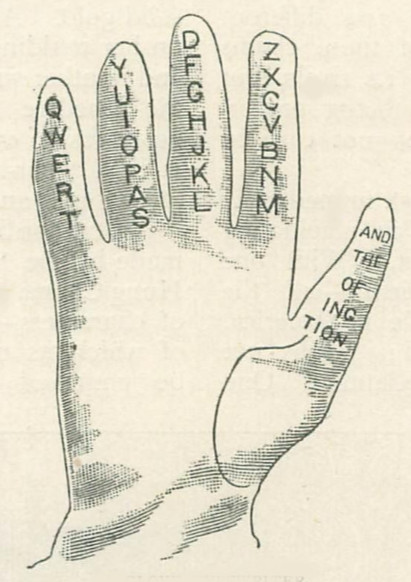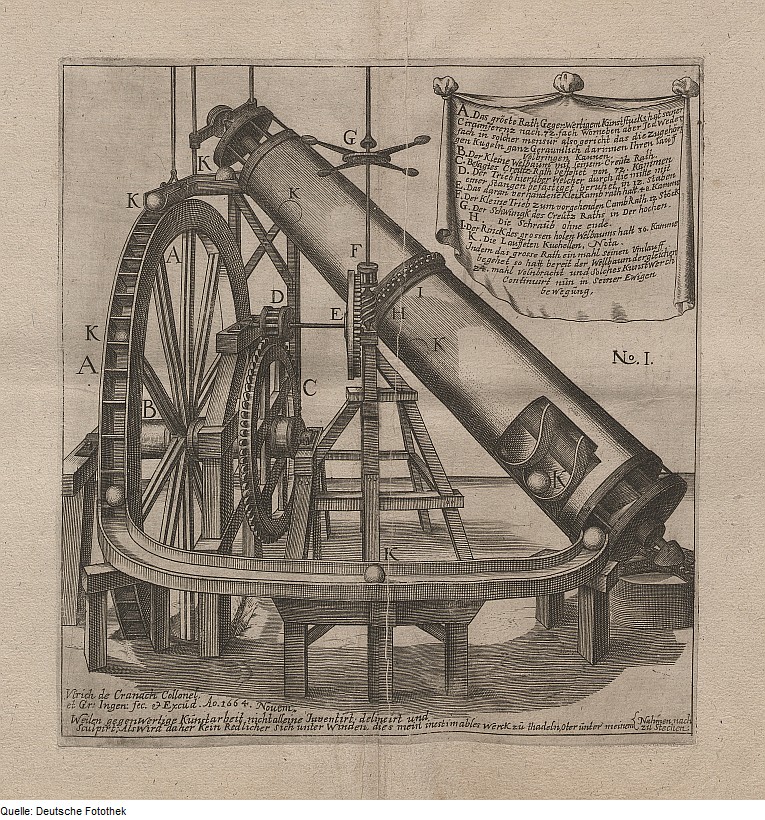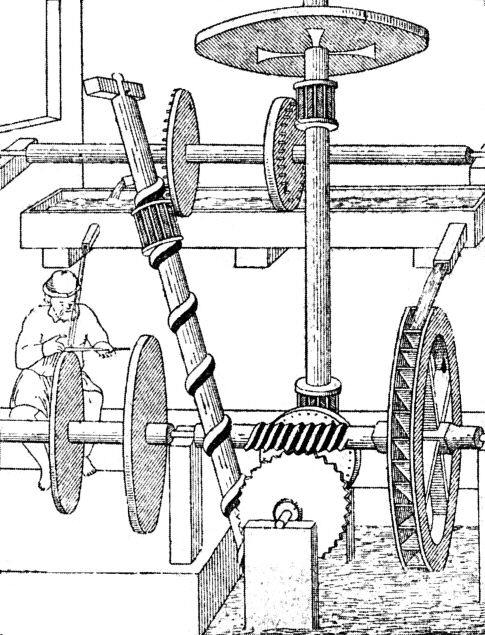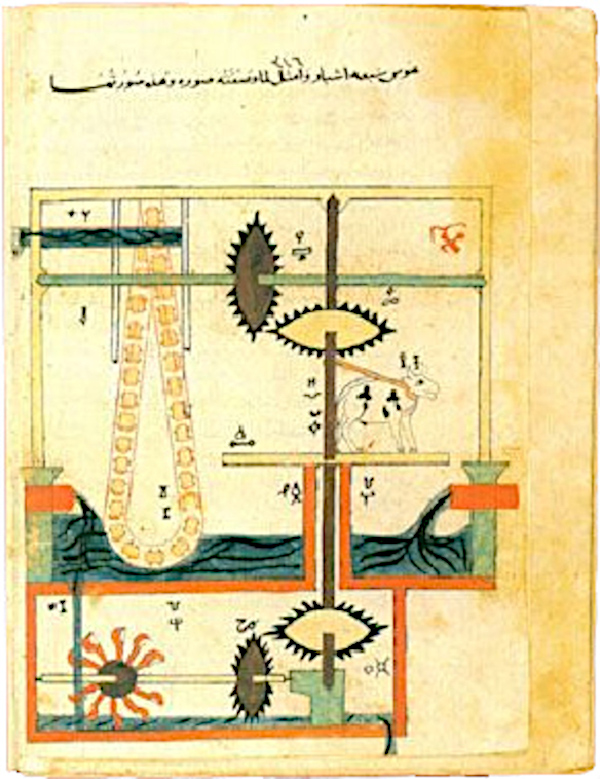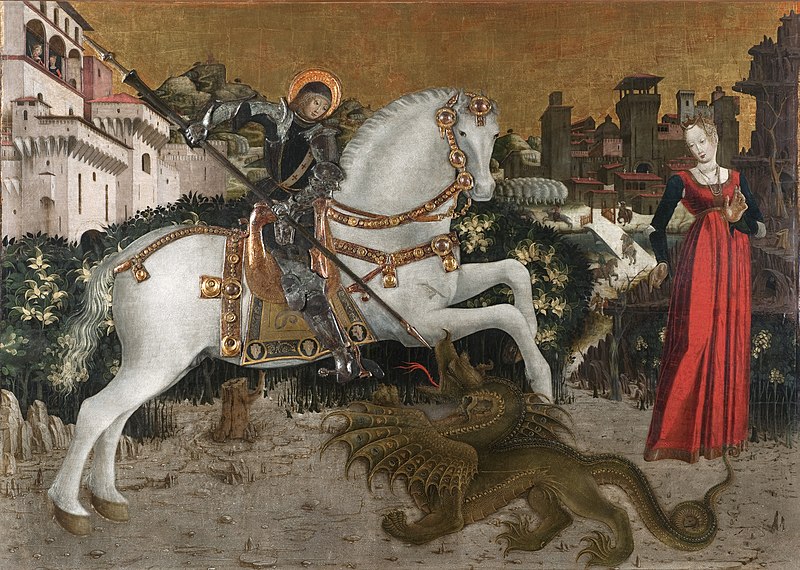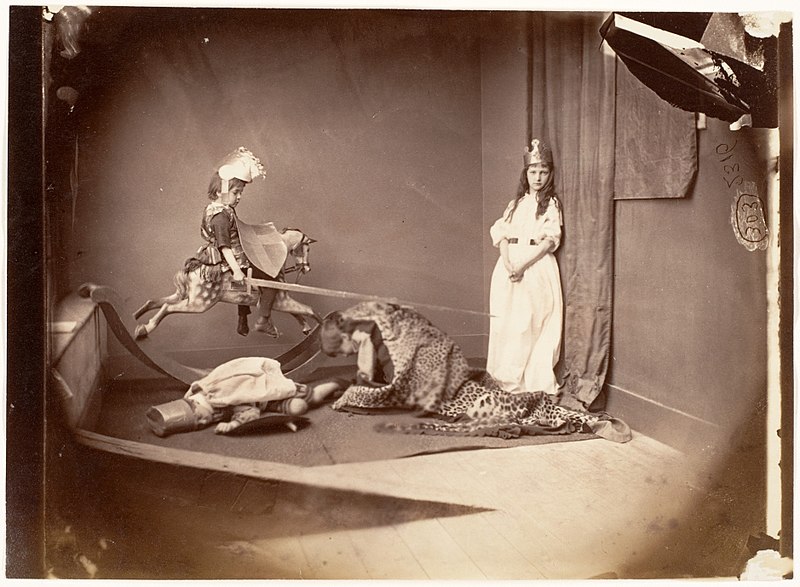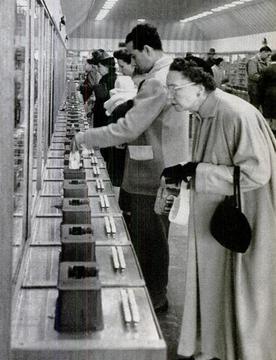
An intriguing photo caption from A Mind at Play, Jimmy Soni and Rob Goodman’s 2017 biography of AI pioneer Claude Shannon:
Shannon set four goals for artificial intelligence to achieve by 2001: a chess-playing program that was crowned world champion, a poetry program that had a piece accepted by the New Yorker, a mathematical program that proved the elusive Riemann hypothesis, and, ‘most important,’ a stock-picking program that outperformed the prime rate by 50 percent. ‘These goals,’ he said only half-jokingly, ‘could mark the beginning of a phase-out of the stupid, entropy-increasing, and militant human race in favor of a more logical, energy conserving, and friendly species — the computer.’
Shannon wrote that in 1984. He died in 2001.


